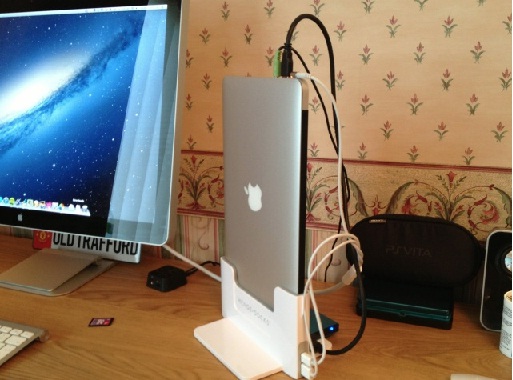
When I get a new Mac I normally make a copy of the old machine and port it to the new one, I would do this job using Carbon Copy Cloner to make (as the name suggests) a carbon copy of the other machine. Here’s what I’ve discovered over the last week.

I decided to move all my work to the MacBook to see if I ran out of power or had other issues, namely heat and noise. I went ahead and ordered a MacBook Pro (16-inch, 2019), 2.4 GHz 8-Core Intel Core i9 with the idea of replacing my Mac Pro Late 2013 12 Core. So, like many, any solution that adds noise to the equation is off the table for me. It means I also have a machine room, in the form of a cupboard from IKEA that houses all my hard drives, see below. Anyone who has followed me for any time will know that I’m borderline OCD when it comes to noise in the studio, this has meant me replacing fans in an Avid Omni. However, the elephant in the room is fan noise. As I’ve already said, the performance of the new i9 based MacBook Pro is on a par with some desktops, that is of course unless you want to launch the Space Shuttle then you go for the new Mac Pro 7,1.

However when I looked at the results of tests on things like the Mac mini for use in the studio it started me wondering if I could rationalise my set-up into one machine, that being one of the powerful MacBook Pro 8 core i9 models at the top of the range? Disc space wasn’t a concern as any media based content has lived on external drives for several years now.

I’m sure I’m not the only person who has used this arrangement as a solution that gives me power for my studio work and portability for when I travel. Is it possible to run a studio using a MacBook Pro and be noise free? Russ Hughes decided to put it to the test and with a combination of hardware, software and practical solutions he has got some surprising results.įor many years I’ve been running two Macs, a Mac Pro 6,1 Trash Can as my studio machine and a MacBook Pro for my second, portable machine.


 0 kommentar(er)
0 kommentar(er)
